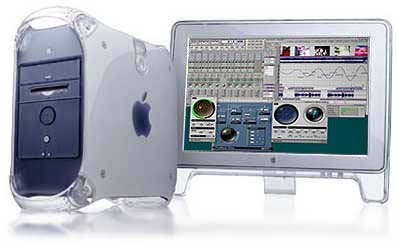Motu Digital Performer Keygen Crack Software
Digital Performer + keygen + patch MX4™ MultiSynth — Now included with DP, MX4 is a powerful 64-bit virtual instrument plug-in featuring a hybrid synthesis engine that combines several forms of synthesis, including subtractive, wavetable, frequency modulation (FM), amplitude modulation (AM) and analog emulation. MOTU's award-winning hardware and software are used by top professionals every day on hit songs, mega tours, primetime shows and blockbuster films.
Three types of automation data are visible in this track, though the active layer is a 'pop-up' or 'switch-style' data type, in this case allowing a Multimode Filter's filter type to be automated. If you are a user of MOTU's Digital Performer sequencing software, you have access to an extensive and full-featured automated mixing environment. Here's how to use it.
In Digital Performer, mix automation allows the recording of movements of on-screen controls and parameter values such as Mixing Board level faders and pan knobs, track mute buttons and plug-in parameters. Medcurso pdf download. By taking advantage of automation in DP you can make your mixes more fluid and reliable, deal with thorny problems such as tracks that vary wildly in level, and achieve contemporary-sounding effects such as filter sweeps and dynamic low-fi treatments. If you're using software instruments hosted in DP you can also make automation change multiple parameters simultaneously — even more than if you had a knobby analogue synth in front of you! The first thing to remember is that automation is track-based in DP. In the case of a track with an automated level fader, for example, the automation data is part of that track — there's no separate 'automation track'. Data is mostly displayed as lines, 'ramps' and breakpoints superimposed on tracks in the Sequence Editor, so it's easy to see how automation and track content align.

Second, automation controls and facilities crop up in different guises in the DP environment, with MOTU providing lots of different ways to crack the same nut. DP 's automation is not as straightforward as its simpler equivalent in Reason, for example, but that's not to say it's difficult to use. Some aspects are gloriously intuitive and require little brainwork, although, as ever in DP, there's tremendous depth and flexibility when you need it. Finally, it's worth noting that there's a fundamental difference between mix automation — that is, automation of parameters related to DP 's audio architecture — and MIDI automation. Although MOTU make some attempt to harmonise their behaviour, they're really chalk and cheese. Most of what follows, then, relates primarily to mix automation, although you'll find a separate box discussing how MIDI automation works. For many DP users, from beginners to seasoned pros, automation means one thing: recording the movements of controls in the Mixing Board — level faders, pan controls, mutes, send levels, and perhaps the odd plug-in bypass parameter.
This equates to what is possible on really high-end analogue desks, and most recent digital mixers, and it's very easy to work with. The section of the Mixing Board that offers an easy and intuitive way of working with automation.
